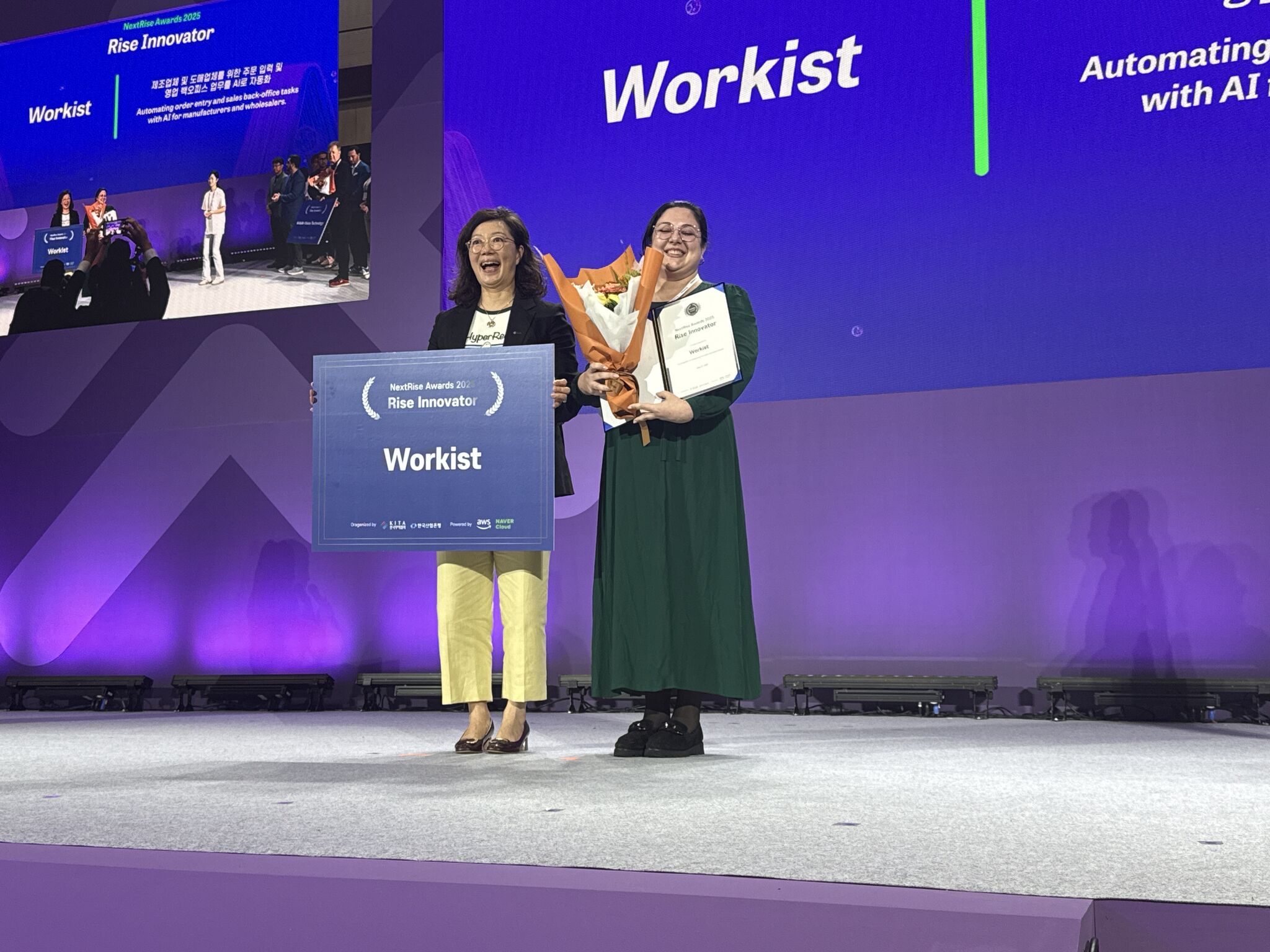Even today, many companies still rely on traditional methods for order entry: For example, orders are received as PDFs attached to emails or in some cases even as faxes. The responsible employees then transfer them to the ERP system. The resulting system breakdowns take up a lot of time, which ties up staff capacities and generates unnecessary costs. To prevent this from happening to you, we will show you in this article how you can digitize your order entry in five simple steps and save time for the essentials, avoid errors and save costs with advanced solutions.
Order entry definition – manual vs. digital
Entering customer orders is the most important part of your order processing and the basis of your business. All further steps build on this first step of order management.
Traditionally, companies recorded their orders manually. Employees entered the relevant data into forms or tables by hand. Recently, however, the trend has been moving more and more towards digital working methods, with modern software solutions taking over the entry of data.
So much for the theory. In the following, we show the differences between the two approaches and discuss the advantages of the digital approach.
Manual order entry
With manual order entry, you transfer all data by hand. In terms of workflow, this means that as soon as you receive orders as PDFs or free text in an email or (digital) fax, you have to check the content carefully and enter it into an ERP system such as SAP, Oracle or Microsoft Dynamics.
This is not only particularly time-consuming, but also prone to errors. It is therefore particularly important to proceed with the utmost care and concentration when checking and confirming.
Digital order entry
With digital order entry, data no longer has to be read out manually. Depending on the solution, it is automatically validated and transferred to the ERP system. Digital or automatic order entry allows you to streamline your processes. Orders are managed, confirmed and checked transparently. They are triggered and released more quickly.
Digital order entry as an important step towards digitalization in companies
The conclusion from the described options for one and the same process - one classic and one modern - is clear: the switch to digital order entry only has advantages for companies. Processing orders with the help of software is an important step towards a more efficient way of working. Thanks to the ability to respond more quickly to enquiries and orders, you can offer your customers a better customer experience and increase customer satisfaction in the long term.
The growing shortage of skilled workers is making the need to use personnel capacities more efficiently and optimize processes ever more apparent. The tense economic situation is playing its part in forcing companies to be ever more careful with their resources. Companies that cling to outdated processes in this situation, which are extremely time-consuming and not scalable, are making themselves dependent on external factors in the long term. If you want to remain competitive in the long term given this urgency, take the opportunity to switch while the economic necessity is not yet clearly noticeable. Modern AI software such as that from Workist can provide relief here, make processes fit for the future and make companies more crisis-resistant.
What difficulties are there with manual order entry?
If you still handle your order processing in the traditional way, you need one thing above all: time. New technologies help you to maximize your possibilities and gain completely new capacities that you would not have expected in the past. However, if you manage your order documents in analogue form, it is not only the allocation of resources that presents difficulties. The risk of overlooking things and thus causing further delays can also hold up processes and block workflows.
What are the advantages of digital order entry?
There are many reasons for digital order entry and the differences to the traditional way of working are quickly convincing. Anyone working with modern software solutions such as Workist today is taking their order management to a new level and making everyday life easier for their employees with smart and efficient working methods.
There are numerous positive aspects: Customer data can now be easily read out and transferred to the ERP system in which the orders are managed. This saves a huge amount of time and ensures a lower error rate. In some companies, the sustainability factor also comes into play: you can save yourself the daily printing and filing of hundreds of pages of paper with order software. The costs for paper, folders and storage rooms are also eliminated.
Digitally entering your orders in smart order software also makes numerous tasks in the subsequent process easier for you and your employees:
- Order verification
- Transmission of orders to suppliers
- Delivery monitoring
- Invoicing
Did you know? Almost all aspects of B2B trade have changed completely in recent years. Only communication has barely evolved since the 20th century. Find out all about the solutions Workist is using to change that.
Digital order entry - with these 5 steps to successful implementation
1. Create a requirements analysis
Before you integrate a digital solution into your system, you should analyse your requirements in detail: What is the status quo? What should the target state look like? What are the key criteria for success?
2. Market analysis and comparison of offers
Carry out a market analysis and scrutinize the software that is suitable for your company before deciding on a solution. Which software on the market is best suited to your requirements?
3. Technical evaluation
Does your desired software integrate smoothly into your IT environment? How long would it take for your employees to be able to use it to its full extent?
4. Project start, implementation and process changeover
Quick and easy implementation with personalized consulting should be an important decision criteria for you. As soon as you have decided in favour of an order software, these aspects will help you to realize your project start as soon as possible.
5. User training, continuous improvement, regular evaluation and change management
Once you have decided on a system, the next step is to ensure that all employees affected by the changeover receive seamless onboarding to the new process. Workshops can be another solution for familiarizing users with the new software and clarifying questions. As part of change management, you can organize these again and again after the introduction of the software following major updates and as a refresher.
Digital order entry with Workist
With digital order entry using Workist, you can draw on knowledge from over 1,000,000 documents, benefit from intelligent machine learning and extract data without predefined templates. This speeds up your order processes and ensures error-free documents and satisfied customers. There is no backlog or order delays when working with Workist. You can process your order entry twelve times faster than before.
Thanks to state-of-the-art EDI connections, you can integrate the Workist software into your existing systems in no time at all. This closes the gap between your incoming orders and the ERP system. No process changeover is necessary. While the tool enters your orders, you can relax and focus on the value-adding part of your work and win customers for new orders.
The six main advantages of Workist are:
- Time and cost savings
- Simple integration with no prior training required
- Learning experience and continuous improvement through machine learning
- Order process remains unchanged for customers
- Comprehensive compatibility, independent of ERP system, file formats, languages and order layouts
- Scalable, future-proof process
Frequently asked questions about digital order entry
What does "digital proof of performance" mean?
The digital proof of performance is part of order entry. It is the electronic version of the classic proof of performance, which employers use to verify the performance of their employees. Today, proof of performance no longer has to be processed in paper form and can be confirmed via a smartphone, for example, and used in the form of an electronic timesheet.
Is the automation of order entry worthwhile for me?
Digital order processing is always worthwhile - from craft businesses to wholesalers. Small companies and start-ups also benefit because they don't have to familiarize themselves with complex processes and can concentrate fully on their core business. Many inefficient and error-prone tasks are eliminated, saving you time and money.
What requirements do I need to fulfil in order to digitize my order entry?
To digitize your order entry, all you really need is a digital tool and the willingness of your employees to integrate it into their daily work. It helps you to process your orders quickly, accurately and on time.
Can I integrate digital order entry software into my ERP system?
Order entry software is specially developed for integration with ERP systems. It helps you to process your incoming documents. The artificial intelligence extracts and validates all relevant data and transfers it automatically to your ERP system. The whole process is completely automated and independent of time.

%201.jpg)
